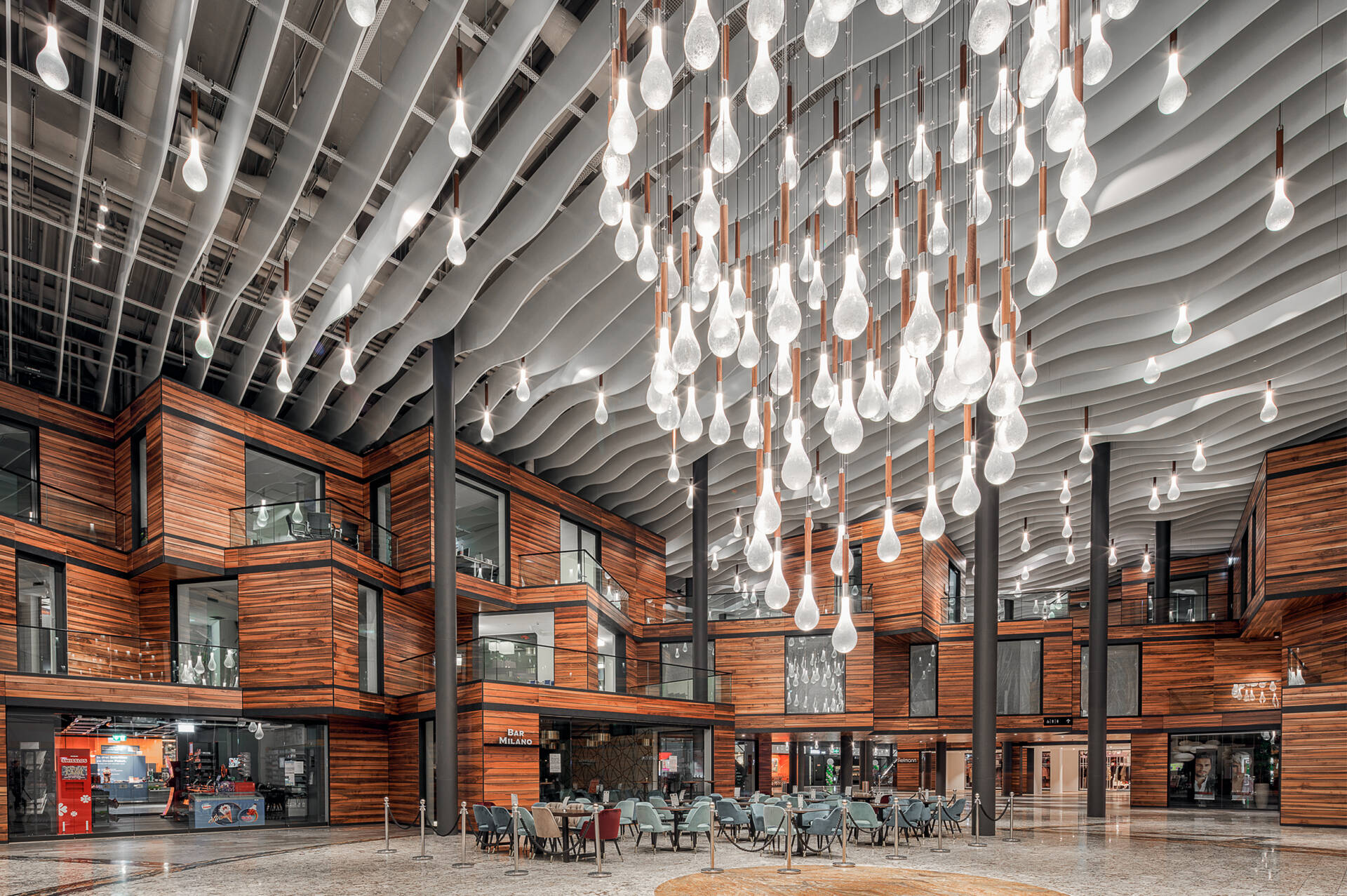The fusion of architecture and storytelling can unlock the potential to evoke deep emotion. Aygul Abizgildina, an accomplished architectural designer based in Boston, stands out for her unique ability to seamlessly blend her educational background in architecture with her creative vision, resulting in a series of remarkable short films and marketing videos.
Drawing upon her extensive knowledge of architectural design, Aygul expertly crafts visual narratives that transcend traditional boundaries.
“Architecture changed my perception of beauty. I am attentive to the signals and details of my surroundings, trying to explore, capture, and amplify them. From that, I learned to explore the landscapes of my consciousness and create introspective imagery. My passion for architecture inspired me to learn skills in the representation of graphic design and digital programs. I continue searching for ways to push the boundaries of realism & capture a surrealistic illustration of the external world,” states Abizgildina.
Through her work, Aygul skillfully imbues spaces with life, transforming them into active participants within her storytelling canvas. Every frame becomes a testament to the power of architecture to evoke a range of emotions, resonating with audiences on a profound level.
Director of films like Gabrielle and Jet Lag, Abizgildina uses several techniques to integrate architecture into her films. For example, Aygul shoots her scenes in dark rooms to control what the viewer sees.
She explains, “I shoot the scenes in a dark room because darkness does not show the viewer everything at once – the viewer himself thinks out what the space looks like. Depending on how the viewer completes the whole picture of the space, putting the puzzle of scenes together in his head, an emotional connection with the space is created. The viewer becomes the scenographer himself and immerses into the atmosphere of the space I portray. Essentially, I feed the viewer a seed that sprouts in their head.”
Whether she is filming a marketing video or a short film, Aygul understands the power of a compelling story.

“Narrative is key in my movies. In Gabrielle, you can see and feel the inner world of a person, her feelings, thoughts, and dreams mixed with reality, all through the function of physical spaces. In Jet Lag, you see the narrative of a person who managed to live in very different countries (spaces) and feel mixed emotions. The film shows rapid transformation of the inner world of the person depending on different locations and spaces in the world,” Abizgildina explains.
In the editing room, Aygul applies techniques like the Kuleshov effect to create a more captivating story. Developed by Russian filmmaker Lev Kuleshov, this technique uses the interaction of sequential shots to create an impression in the viewer’s mind.
Aygul explains, “Using this technique, I can depict the same space in different ways and moods, depending on what the viewer wants to see.”
By delving into Aygul Abizgildina’s unique perspective, we can gain a deeper understanding of the intricate connection between architectural spaces and the emotional resonance they can evoke.